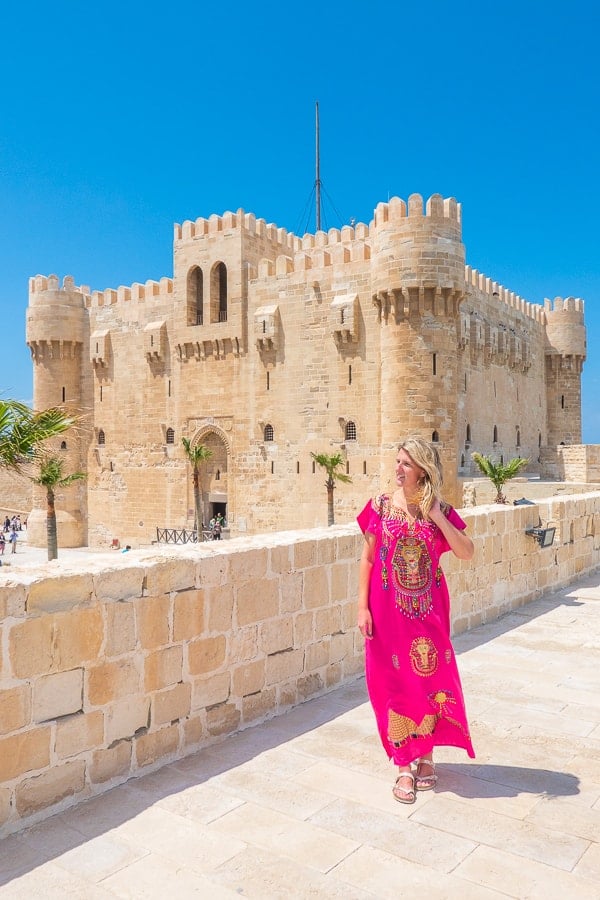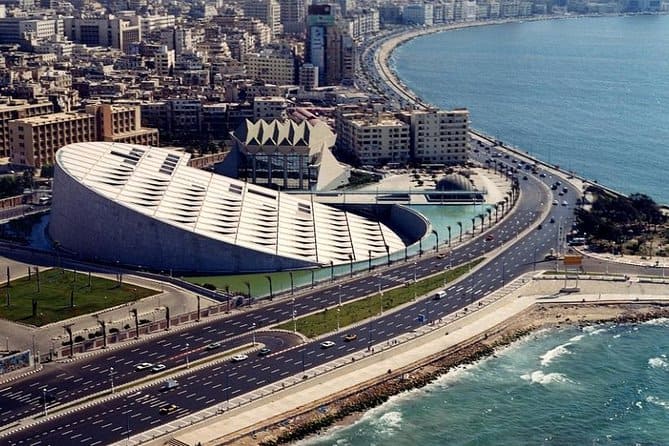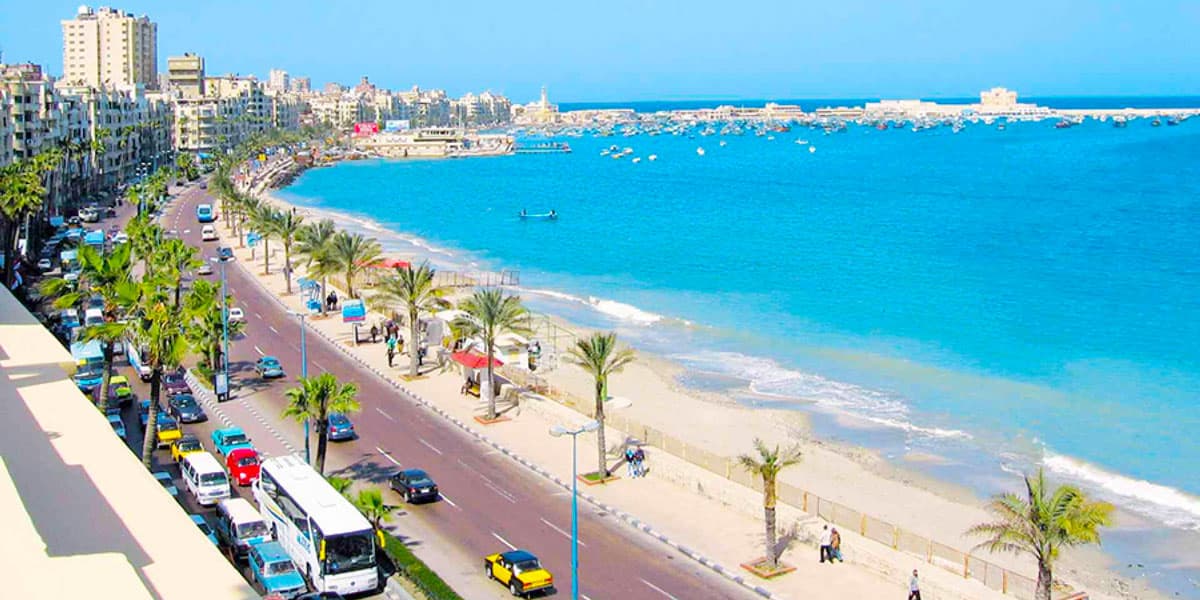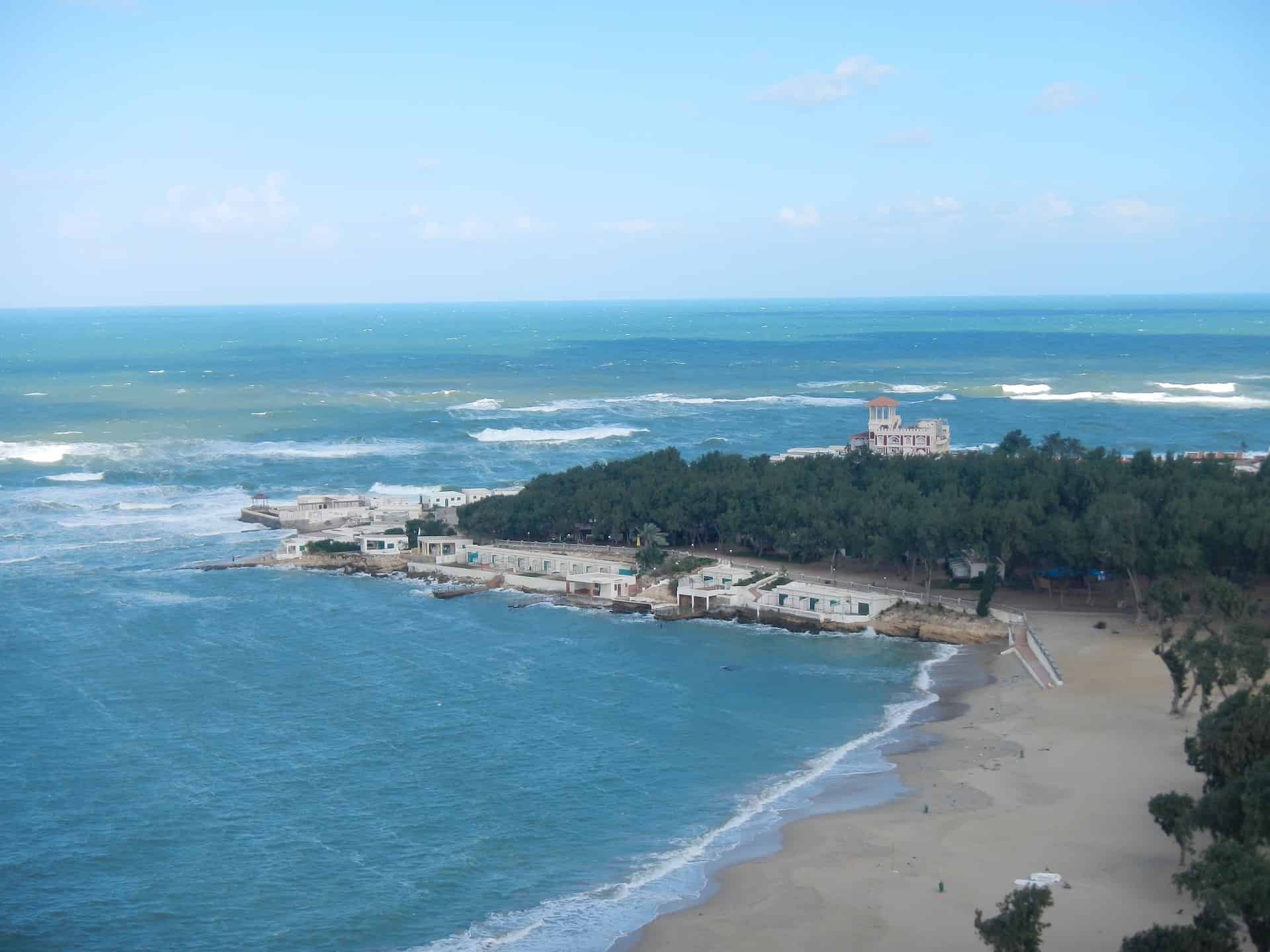Alexandria, also known as “Al-Iskandariya” in Arabic, held the prestigious title of capital of Egypt for almost a millennium before gradually losing its importance.
In modern times, however, Alexandria has emerged as a prime destination to explore when visiting the African continent. What unique experiences await you in this fascinating city?
Discover more about Alexandria and its charms through our exclusive Egypt tour packages and exciting Egypt Trips.
Alexandria, the second largest city in Egypt after Cairo, is located on the Egyptian Mediterranean coast. Often referred to as the ‘Pearl of the Mediterranean’, Alexandria attracted many European entrepreneurs until 1952 with its wealth of attractions, extensive sandy beaches, cultural festivals and temperate climate.
As a result, despite being only 225km from Cairo, this port city exudes a Mediterranean rather than an Arab atmosphere.
History of the city
The city of Alexandria dates back to 322 BC when Alexander the Great founded it at the age of 25.
Situated on the Mediterranean coast, the city of Alexandria served as the capital of Egypt during the Ptolemaic era until it eventually lost its importance and position as the capital.
Alexander the Great, after liberating Egypt from the Persian Empire, decided to build a new city connected by sea to his homeland of Macedonia. He chose the fishing village of Rhakotis, which had a natural harbor, and commissioned his architect, Deinocrates, to transform it into what we know today as the city of Alexandria. It is worth noting that Alexander was not allowed to be buried in the ancient capital of Memphis, having rejected it in favor of building Alexandria.

What is the city of Alexandria famous for?
The Lighthouse of the Pharaohs in Alexandria is renowned as one of the Seven Wonders of the Ancient World and the world’s first lighthouse. French archaeologists have uncovered over 3,300 fragments of the lighthouse, which are now on display in Alexandria’s museums.
Built during the reign of Ptolemy II Philadelphus by the Ptolemaic Kingdom of ancient Egypt, it stood at a staggering height of at least 100 meters (330 feet). For centuries it held the title of the world’s tallest building until the Eiffel Tower was built in 1889.
Although it no longer exists due to damage from three major earthquakes, the remains of this historic landmark can still be admired underwater through scuba diving.
Interestingly, however, parts of Alexandria are literally underwater. The remains of Cleopatra’s palace, over 7,000 colossal statues, countless gold and silver coins and countless other artefacts that have surfaced throughout history lie at depths of 8-15 meters below sea level in the Abu Kir harbor basin. Recognizing their importance, the Egyptian government has made plans for an underwater museum where divers can already marvel at these extraordinary discoveries.
Alexandria’s notable landmarks include the Qait Bay Fortress with its panoramic views of the city, the Greco-Roman Museum with its ancient treasures, the catacombs known as Kom El-Shokafa, the towering Morsi Abu El-Abbas Mosque, a nearly 27 meter high Pompey’s Column and the Montazah Palace – once King Farouk’s summer residence – with its enchanting park.
The crowning glory of this vibrant city is undoubtedly the Bibliotheca Alexandrina – the new library of Alexandria – and its accompanying cultural center.

Layout of the city
Alexandria was originally divided into three distinct areas:
- Rhakotis, which was the original city assimilated into Alexandria;
- Brucheum, the opulent royal or Greek quarter;
- and the Jewish region in the northeast.
The city boasted two prominent colonnaded streets, each about 60 meters wide, which intersected in the heart of Alexandria. Its strategic location between the Mediterranean and the Red Sea established it as a vital hub for trade, making it one of Egypt’s most important commercial centers.

Best time to visit
The ideal time to explore Alexandria is in autumn (late September to early November) and spring (March and April). At these times, the weather is pleasantly temperate, making it perfect for taking in the city’s architectural wonders.













